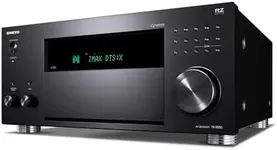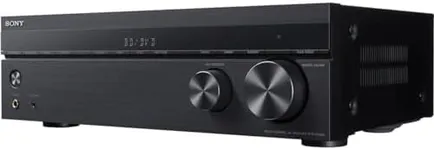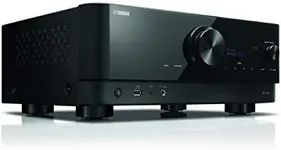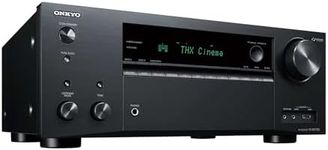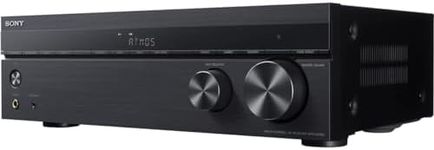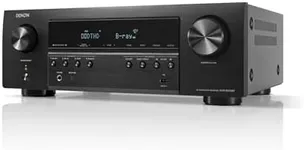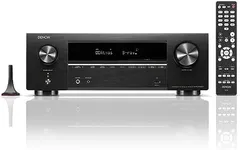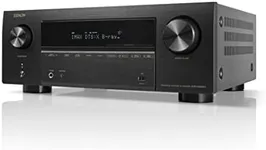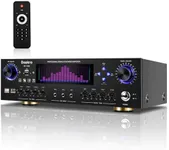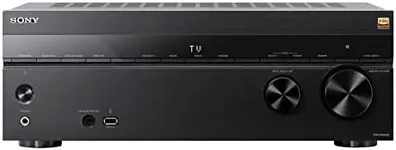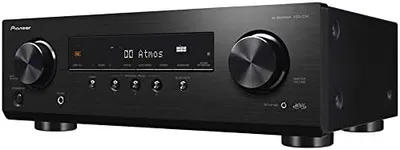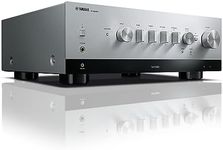Buying Guide for the Best Stereo Receivers
Choosing the right stereo receiver can significantly enhance your audio experience, whether you're listening to music, watching movies, or playing games. A stereo receiver acts as the central hub for your audio system, connecting various components and amplifying sound to your speakers. To make an informed decision, it's important to understand the key specifications and how they align with your needs.Power OutputPower output, measured in watts per channel, indicates how much power the receiver can deliver to your speakers. This spec is crucial because it affects the volume and clarity of the sound. Generally, receivers with higher wattage can drive larger speakers and produce louder sound. If you have a small room or sensitive speakers, a lower wattage (20-50 watts per channel) might be sufficient. For larger rooms or less sensitive speakers, you might need a receiver with higher wattage (100 watts per channel or more). Consider your room size and speaker specifications to determine the right power output for you.
Number of ChannelsThe number of channels refers to how many speakers the receiver can support. Common configurations include 2-channel (stereo), 5.1-channel (surround sound), and 7.1-channel (advanced surround sound). If you primarily listen to music, a 2-channel receiver might be adequate. For home theater setups, a 5.1 or 7.1-channel receiver can provide a more immersive experience. Think about your current and future speaker setup to choose the appropriate number of channels.
Connectivity OptionsConnectivity options determine how you can connect various devices to your receiver. Important connections include HDMI, optical, coaxial, and analog inputs. HDMI is essential for modern TVs and gaming consoles, while optical and coaxial are useful for high-quality audio sources. Analog inputs are great for older equipment. Additionally, wireless options like Bluetooth and Wi-Fi can offer convenience for streaming music. Assess the devices you plan to connect and ensure the receiver has the necessary inputs and outputs.
Audio FormatsAudio formats supported by the receiver can affect the quality and compatibility of the sound. Look for receivers that support popular formats like Dolby Digital, DTS, and high-resolution audio. These formats can enhance your listening experience by providing clearer and more dynamic sound. If you're an audiophile or plan to use the receiver for home theater, ensure it supports advanced audio formats. For casual listening, basic format support might be sufficient.
User Interface and ControlsThe user interface and controls of a receiver can impact ease of use. Look for receivers with intuitive menus, clear displays, and convenient remote controls. Some receivers also offer app control for smartphones, which can be very handy. If you're not tech-savvy, a simpler interface might be preferable. Consider how comfortable you are with technology and choose a receiver that matches your preference for ease of use.
Size and DesignThe size and design of the receiver can affect where you place it and how it fits with your decor. Receivers come in various sizes, so measure the space where you plan to put it to ensure a good fit. Design elements like color and finish might also be important if you want the receiver to blend with your other equipment. Think about your available space and aesthetic preferences when selecting a receiver.

